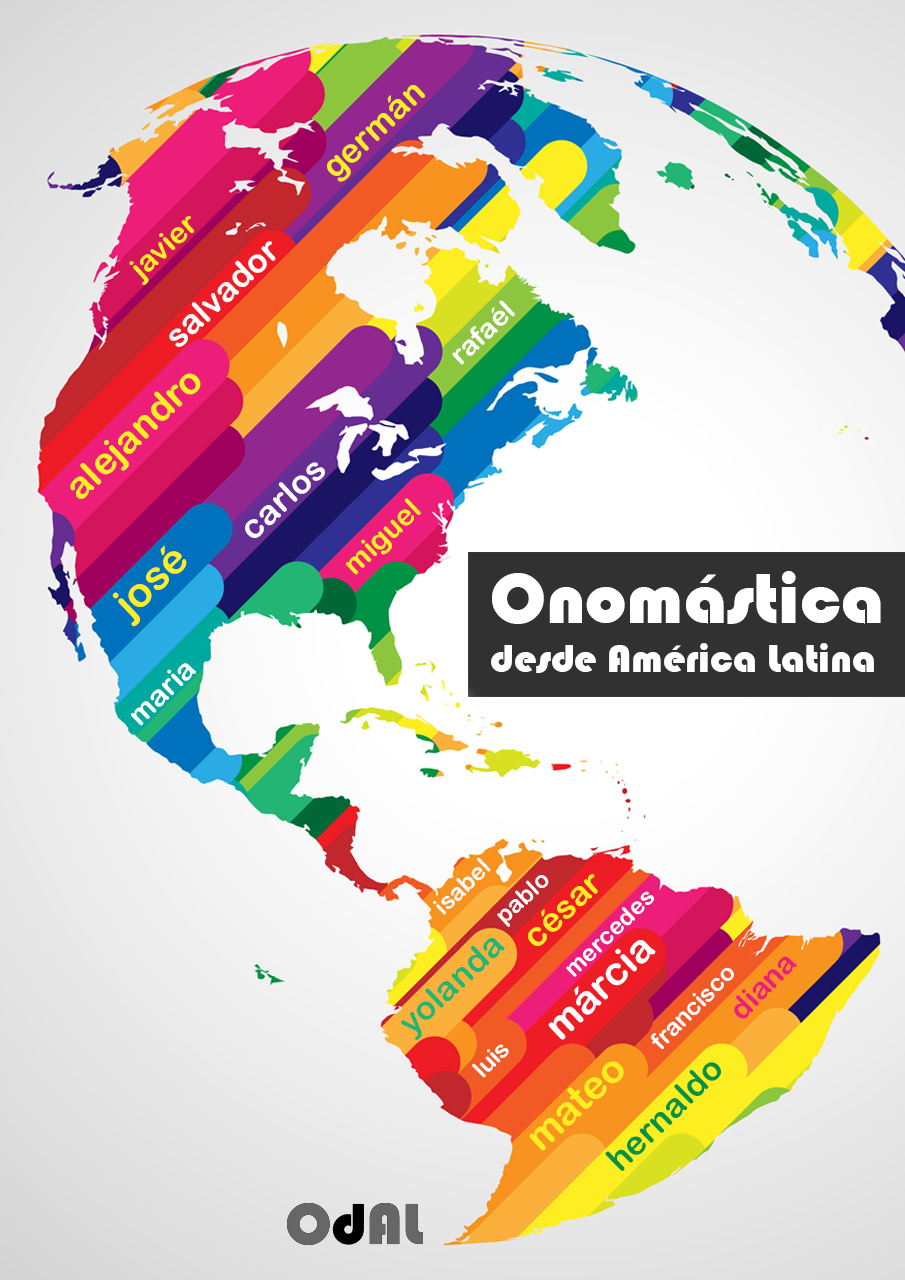A toponímia de Curuçá como reflexo dos contatos interétnicos na Amazônia Oriental
DOI:
https://doi.org/10.48075/odal.v6i1.33926Palavras-chave:
toponímia, Curuçá, Contatos interétnicos, Amazônia Oriental, tupiResumo
Este artigo discorre a respeito dos contatos entre povos na constituição histórica e linguística de Curuçá e como estes eventos refletiram consideravelmente na toponímia curuçaense. Discutimos acerca da relação intrínseca entre língua e povo e como se estabelece o diálogo entre história, sociedade e cultura em um determinado espaço. O objetivo central consiste em analisar a influência dos contatos interétnicos e linguísticos na constituição da toponímia de Curuçá, de modo a compreender de que maneira os processos históricos e sociais moldaram o cenário toponímico, com foco na presença de termos híbridos e compostos. O referencial teórico utilizado recorre, principalmente, aos pressupostos da toponímia a partir de Dick (1990); as discussões sobre contatos linguísticos de Lucchesi (2009) e de Raso, Mello e Altenhofen (2011). De Canindé (2015) advém o embasamento da historiografia curuçaense e do processo de formação do território. No tocante ao contato linguístico e às relações interétnicas valemo-nos de Cardoso de Oliveira (1962). A metodologia empregada consiste em pesquisa bibliográfica, considerando a historiografia curuçaense, princípios da toponímia e do contato linguístico bem como em pesquisa de campo para a obtenção de dados sobre a toponímia curuçaense coletados por meio da técnica de entrevistas e de narrativas orais dos moradores de Curuçá. Este artigo é um recorte de uma pesquisa de dissertação de mestrado acerca da toponímia curuçaense e a implicação histórica dos contatos linguísticos. Os resultados apontam para uma dinâmica em que os contatos interétnicos na Amazônia oriental repercutem na toponímia local expresso na presença de termos compostos e híbridos, envolvendo o português e elementos indígenas de base tupí. Este estudo contribui, significativamente, para a compreensão da toponímia curuçaense e como esta se constitui como evidência adicional dos contatos interétnicos estabelecidos na região. Além disso, a pesquisa alcança reflexões mais amplas acerca da identidade, patrimônio cultural e dinâmica sociolinguística da Amazônia Oriental.
Referências
Canindé, F. (2015). História do Município de Curuçá no Estado do Pará. Tomo I. Período Pré-Colonial (1612/15-1653). Curuçá-Pa
Calvet, L. J. (2002). Sociolinguística: uma introdução crítica; tradução Marcos Marcionilo. Parábola Editorial.
Cardoso de Oliveira, R. (1962). Estudo de Áreas de Fricção Interétnica no Brasil, in América Latina. Ano V, n° 3. Rio de Janeiro.
Dick, M. V. P. A. (1992). Toponímia e antroponímia no Brasil: coletânea de estudos. São Paulo: FFLCH, USP.
Dick, M. V. P. A. (2007). Atlas toponímico do brasil: teoria e prática II. Revista Trama. Volume 3
Drumond, C. (1965). Contribuição do Bororo à Toponímia Brasílica. Publicações do Instituto de Estudos Brasileiro. São Paulo.
Ferreira, P. H. S. (2001). Fragmentos Históricos de Curuçá. Vol. I. 1ª Edição. Castanhal/PA: Graf-Set
Ferreira, R. S. M. (2020). Toponímia curuçaense: nomes de lugares e seus caminhos históricos. Bragança/Pa. CXXIX, 129
Instituto Brasileiro de Geografia e Estatística. (2022). IBGE/Cidades/Pará/Curuçá. Available: http://cidades.ibge.gov.br/xtras/perfil.php?codmun=150290
Lucchesi, D. (2009). História do contato entre línguas no Brasil. Salvador: EDUFBA. ISBN 978-85- 232-0875-2. Available from SciELO Books .http://books.scielo.org/
Prefeitura Municipal de Curuçá. (2012). Inventário da oferta e infraestrutura turística do município de Curuçá – Pará. Secretaria de Turismo/ Paratur. Curuçá.
Raso, M. A. (2011). Os contatos linguísticos no Brasil. Editora UFMG.
Ribeiro, D. (1995). O Povo Brasileiro: A formação e o sentido de Brasil (2a ed.). Companhia das Letras.
Sampaio, T. (1987). O tupi na geografia nacional (5a ed). Ed. Nacional.
Seide, M. S. (2013). Toponomástica e Antroponomástica: paradigmas e métodos. Confluência.
Viveiros de Castro, E. (2002). Inconstância da alma selvagem. Cosac Naify.
Downloads
Publicado
Como Citar
Edição
Seção
Licença
Copyright (c) 2025 Rízia Ferreira, Tabita Fernandes da Silva, Jair Francisco Cecim da Silva

Este trabalho está licenciado sob uma licença Creative Commons Attribution-NonCommercial-ShareAlike 4.0 International License.
Aviso de Direito Autoral Creative Commons
Política para Periódicos de Acesso Livre
Autores que publicam nesta revista concordam com os seguintes termos:
1. Autores mantém os direitos autorais e concedem à revista o direito de primeira publicação, com o trabalho simultaneamente licenciado sob a Licença Creative Commons Attribution que permite o compartilhamento do trabalho com reconhecimento da autoria e publicação inicial nesta revista.
2. Autores têm autorização para assumir contratos adicionais separadamente, para distribuição não-exclusiva da versão do trabalho publicada nesta revista (ex.: publicar em repositório institucional ou como capítulo de livro), com reconhecimento de autoria e publicação inicial nesta revista.
3. Autores têm permissão e são estimulados a publicar e distribuir seu trabalho online (ex.: em repositórios institucionais ou na sua página pessoal) a qualquer ponto antes ou durante o processo editorial, já que isso pode gerar alterações produtivas, bem como aumentar o impacto e a citação do trabalho publicado (Veja O Efeito do Acesso Livre).
Licença Creative Commons
Esta obra está licenciada com uma Licença Creative Commons Atribuição-NãoComercial-CompartilhaIgual 4.0 Internacional, o que permite compartilhar, copiar, distribuir, exibir, reproduzir, a totalidade ou partes desde que não tenha objetivo comercial e sejam citados os autores e a fonte.

